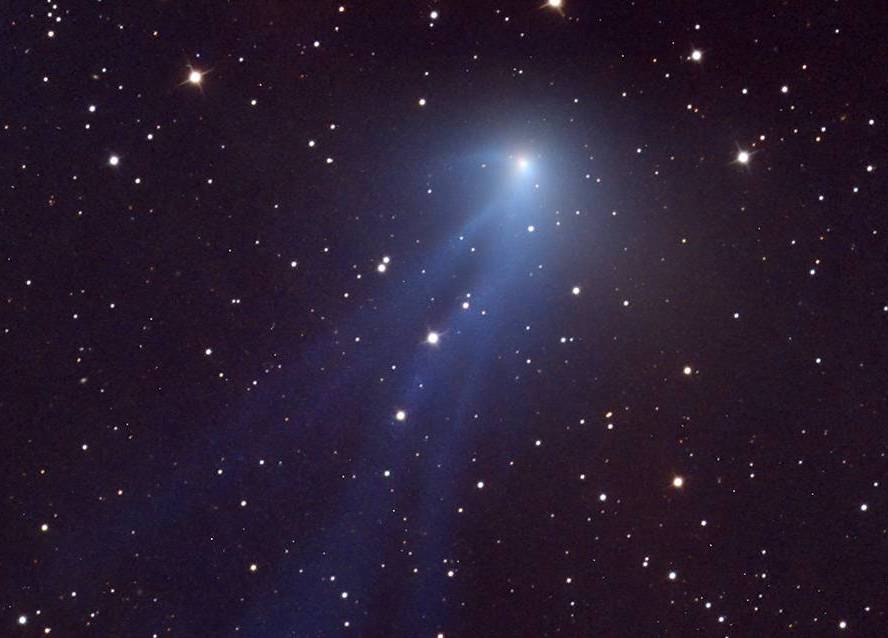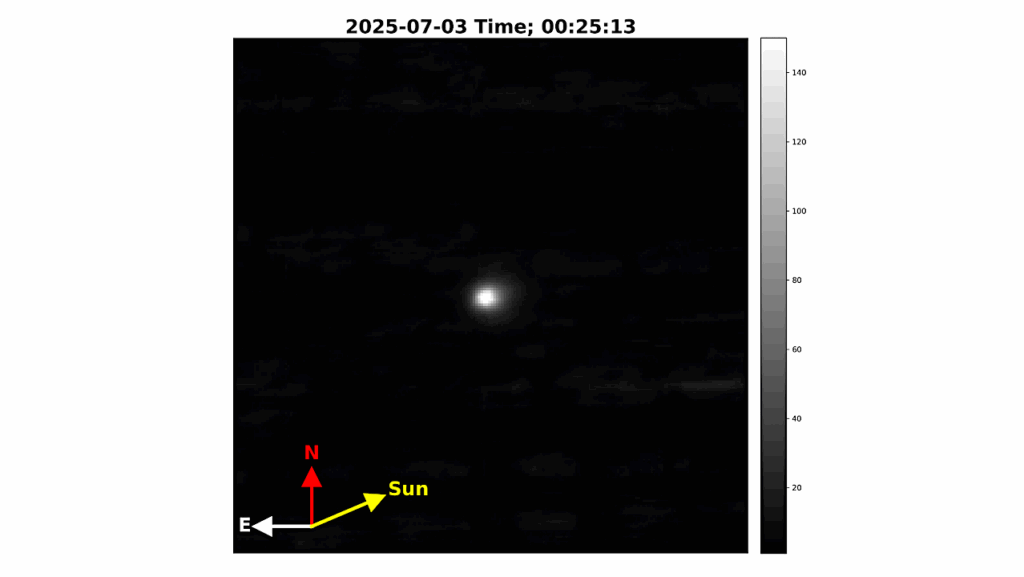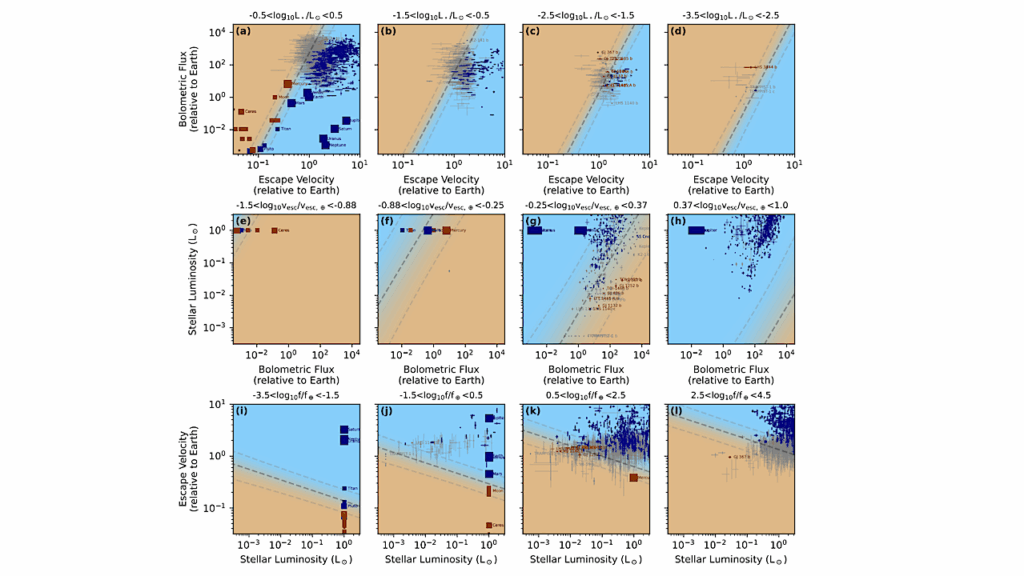Volatile-rich Comets Ejected Early On During Solar System Formation

Comet C/2016 R2 PanSTARRS (hereafter C/2016 R2) presents an unusually high N2/CO abundance ratio, as well as a heavy depletion in H2O, making it the only known comet of its kind.
Understanding its dynamical history is therefore of essential importance as it would allow us to gain a clearer understanding of the evolution of planetesimal formation in our Solar System. Two studies have independently estimated the possible origin of this comet from building blocks formed in a peculiar region of the protoplanetary disk, near the ice line of CO and N2. We intend to investigate the fates of objects formed from the building blocks in these regions. We hope to find a possible explanation for the lack of C/2016 R2-like comets in our Solar System.
Using a numerical simulation of the early stages of Solar System formation, we track the dynamics of these objects in the Jumping Neptune scenario based on five different initial conditions for the protosolar disk. We integrate the positions of 250 000 planetesimals over time in order to analyze the evolution of their orbits and create a statistical profile of their expected permanent orbit.
Results. We find that objects formed in the region of the CO- and N2- ice lines are highly likely to be sent towards the Oort Cloud or possibly ejected from the Solar System altogether on a relatively short timescale. In all our simulations, over 90% of clones formed in this region evolved into a hyperbolic trajectory, and between 1% and 10% were potentially captured by the Oort Cloud.
The handful of comets that remained were either on long-period, highly eccentric orbits like C/2016 R2, or absorbed into the Edgeworth-Kuiper belt. Comets formed <15 au were predominantly ejected early in the formation timeline. As this is the formation zone likely to produce comets of this composition, this process could explain the lack of similar comets observed in the Solar System
S.E. Anderson, J.-M. Petit, B. Noyelles, O. Mousis, P. Rousselot
Comments: 7 pages, 5 figures
Subjects: Earth and Planetary Astrophysics (astro-ph.EP)
Cite as: arXiv:2209.10862 [astro-ph.EP] (or arXiv:2209.10862v1 [astro-ph.EP] for this version)
https://doi.org/10.48550/arXiv.2209.10862
Focus to learn more
Submission history
From: Sarah Anderson
[v1] Thu, 22 Sep 2022 08:46:13 UTC (3,623 KB)
https://arxiv.org/abs/2209.10862
Astrobiology, Astrochemistry








